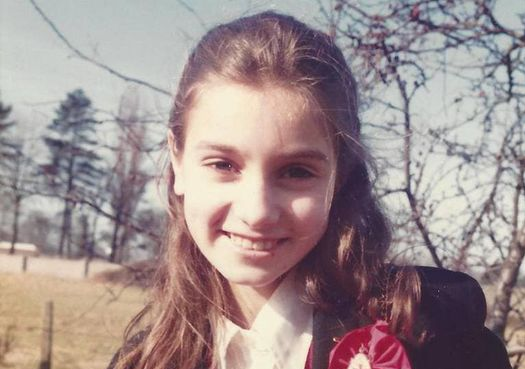At the age of 56, Irish singer Sinéad O’Connor passed away. Her cause of death is still unknown. Fans and other singers have paid tribute to her, praising her talent and sending their sympathies to her friends and family.
Sinead O’Connor’s childhood photo as a schoolgirl in her Sion Hill uniform has gone viral.
Irish Prime Minister Leo Varadkar responded to news about the singer’s passing away, he wrote on Twitter, “Really sorry to hear of the passing of Sinéad O’Connor. Her music was loved around the world and her talent was unmatched and beyond compare. Condolences to her family, her friends and all who loved her music. Ar dheis Dé go Raibh a hAnam.”
Sinead O’Connor was known for her expressive music and provocative actions.
Also Read: Sinead O’Connor was found ‘unresponsive’ in London home before being declared dead
Her debut album, The Lion and the Cobra, launched her career, and her cover of the Prince ballad Nothing Compares 2 U became an instant hit on the charts everywhere from Australia to Europe.
Connor, a rebel, shaved her head in defiance of record company demands that she adopt a more conventionally gorgeous appearance. In a 2017 Facebook video, the singer had also discussed her mental health issues, saying that she was only still alive because of other people and that, if it were up to her, she would have committed suicide.
On December 8, 1966, Sinéad Marie Bernadette O’Connor was born in Dublin, Ireland. Her difficult childhood was detailed in her devastating 2021 autobiography Rememberings. She was the third of five children. She wrote in her memoir that her mother had physically abused her for years and that her parents had divorced when she was 8 years old. She was expelled from her Catholic school for absenteeism at the age of 15 and placed in a Magdalene asylum administered by the Order of Our Lady of Charity called An Grianán Training Centre as a result of her rebellious behaviour, which included theft.
Also Read: Was Sinead O’Connor lesbian? Singer was married to 4 men
O’Connor’s artistic abilities blossomed during her time in the reformatory, where one of the volunteers, Paul Byrne of the band In Tua Nua, came across her. The young O’Connor collaborated with In Tua Nua on the song “Take My Hand,” which she also co-wrote and recorded. After being released from the asylum, she started singing in Dublin coffeehouses and sending singing telegrams.







